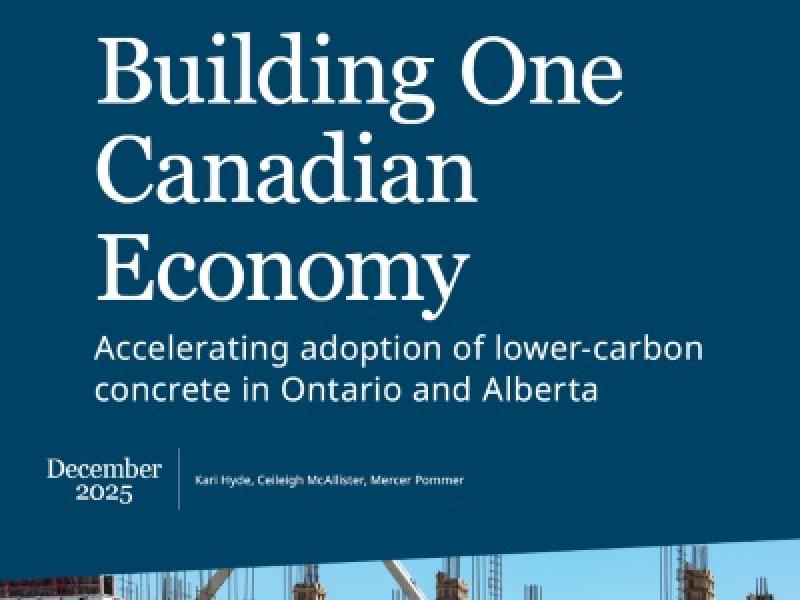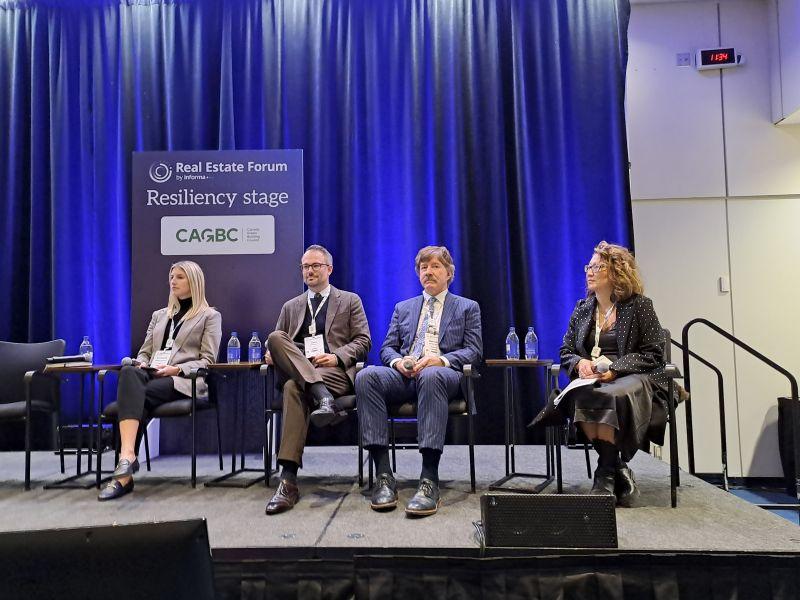GUEST SUBMISSION: For those working in social impact, we are in a crucial and exciting period in our careers – we are five years away from the 2030 deadline set to achieve the UN Sustainable Development Goals.
There has been enough talk on our (insufficient) progress so far and what we need to be doing to accelerate momentum, but little attention has been paid to how we get there, which is just as important.
For the next five years, here is what I hope anyone working to create social impact will consider, to give us a fighting chance of hitting our collective 2030 goals.
Key areas of focus
Show your work – Collaboration may sound like just another corporate buzzword, but it is critical for our space. Some businesses can be keen to hold onto their impact rather than offer it out for others to replicate or to join in, but social impact is one of the only areas of business where it is in everyone’s interest for there to be no competition.
One of my favourite examples of collaboration recently has come from Sage Foundation’s work in South Africa. We partnered with Attacq Foundation, the social arm of the real estate firm providing our office facilities in the region.
We came together to support a local school, with each foundation contributing what we were uniquely positioned to: Sage provided technical equipment such as digital whiteboards, and Attacq renovated the classroom facility.
Together, we delivered an updated and tech-forward learning space for young South Africans that would have taken just one of us much longer to do.
Our team also regularly participates in, and speaks at, industry events on social impact, detailing what we’re doing – including lessons learned and challenges overcome – so we can all learn from each other and move forward as a collective.
Narrow your focus - Social impact is full of ambitious people who want to change the world yesterday – the impulse to want to do everything, sometimes called "collecting causes," is quite common. While the ambition is commendable, this can also be our Achilles heel. As I’ve learned, the more you can focus your efforts, the greater your impact.
When we first started Sage Foundation, we were looking to have impact where we could – whether it was cleaning beaches in Newcastle, U.K. or mentoring young people on tech skills in Johannesburg, South Africa, we did it all. But today, we’ve brought Sage Foundation’s strategy a lot closer to the business strategy. We’ve asked ourselves – where can we have the most impact and where are we uniquely placed to do this?
That’s how our two-pronged approach on supporting underserved entrepreneurs, and educating the entrepreneurs of tomorrow was born – highlighting two areas tied very closely to Sage’s focus on next-gen tech and small- and medium-sized businesses. Without this evolution in our strategy, we would have been spread too thin – and so would our impact towards 2030 goals.
Measure what you can – In a recent survey, 47 per cent of social impact practitioners said that their company's corporate and social responsibility initiatives create a positive impact, but the same number said those projects can be hard to push forward because they have a low perceived value. Clearly, not measuring your impact is no longer a choice if you want to have organizational buy-in, especially in a landscape that is becoming increasingly complex.
Social impact measurement is still a relatively new practice, and everyone seems to be doing it differently – partnering with organizations like Business for Social Impact (B4SI), can help us standardize and showcase the real-world impact we’re having.
Whatever frameworks we come up with, though, have to take non-profits' needs, goals and limitations into account – we cannot create a system that puts undue reporting burden on them, or measures the wrong things – much less, stifles their creativity and innovation.
Think beyond 2030 – This may sound counterintuitive in an article on how we achieve 2030 goals, but the truth of the matter is that looking at 2030 will be a bit like focusing on New Year’s Eve – the world is the same on January 1st as it was on December 31st, and so it will be in 2031.
This is not to undermine the urgency we must all show in achieving 2030 goals, but to highlight that impact is a long-term game, and that the work is never truly done. So don’t stop at 2030 – have a plan for how you’re going to solve the problem you are uniquely placed to solve in 2031 as well.
Lead with optimism - This is not always easy to do that in a world of global cuts to development programs and rising social challenges – but my own motto (often attributed to John Lennon) is – "Everything will be okay in the end. If it's not okay, it's not the end."
At the heart of this is a belief that humanity has the will and ability to make change – for individuals, for communities and for future generations.
There are many agile, creative and purpose-driven leaders in our sector working toward a better world – and we owe it to them and the change they are trying to create to keep our eyes on the goal, and not let despair and apathy win.










